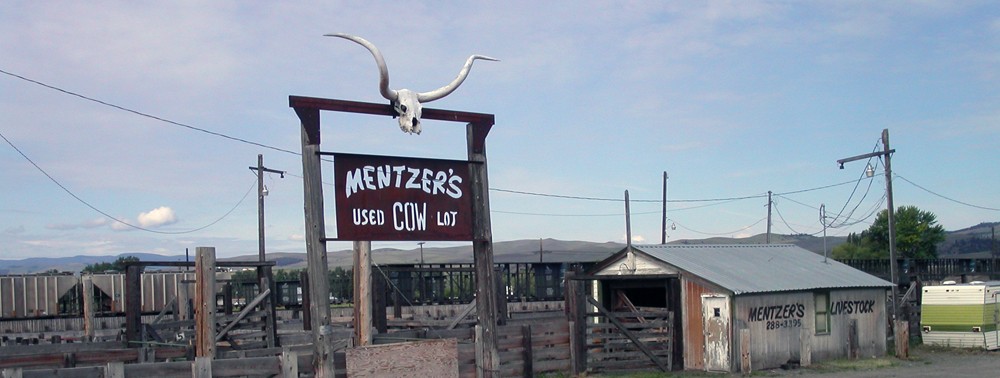When [Anne Quatrano] and her husband, Clifford, first moved Bacchanalia from its original location in Buckhead to the Westside in 1999, the neighborhood was hardly a neighborhood at all. “It was desolate,” Quatrano says. Seventeen years later, Howell Mill Road is prime real estate, hot with new apartment complexes, boutique clothing stores, and hip coffee shops — Atlanta Magazine on the relocation of first-wave gentrifiers in Atlanta’s Westside Provisions District.

Atlanta’s Westside Provisions District, 2014.
Once the heart of Atlanta’s stockyards and meatpacking district, the Howell Mill Road area west of the city’s midtown suffered from disinvestment and abandonment until the 1990s when upscale restaurants and boutiques began moving in. Many of the new businesses drew heavily on the area’s history. New businesses incorporated meat industry names into their titles. Establishments like the Abattoir restaurant, White Provisions, and Star Provisions anchored the district, which was rebranded the Westside Provisions District.

Westside Provisions District, 2014.
Now, as Atlanta Magazine recently reported, a pair of the first-wave gentrifiers, Star Provisions and Bacchanalia (owned by the same company) are relocating. Reasons given include parking pressures (new developments have private decks) and the business owner’s inability to reach a new rent deal with the landlord.

Star Provisions and Bacchanalia, 2014.
Gentrified meatpacking districts are one of the phenomenon’s ironies. Whether it’s New York’s Meatpacking District or Washington’s changing Benning Road area or Pittsburgh’s Northside, there’s something about places where animals were converted into dollars that now are spaces where neighborhoods are being cut up, repackaged, and sold to new types of consumers.

Meatpacking District, New York City.
© 2016 D.S. Rotenstein
